Quince Leaves Turning Brown – Treating A Quince With Brown Leaves
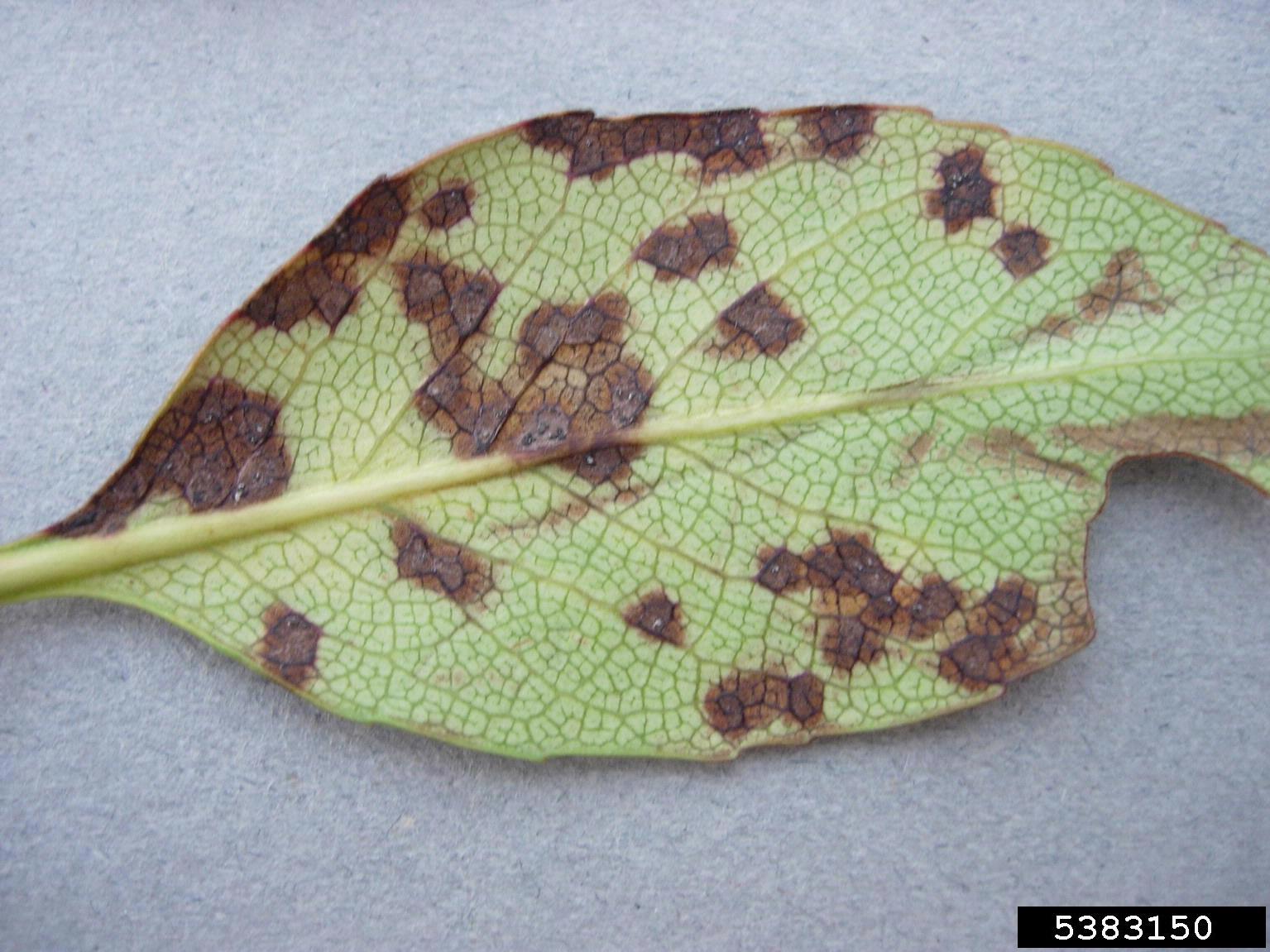

Why does my quince have brown leaves? The primary reason for a quince with brown leaves is a common fungal disease known as quince leaf blight. The disease affects a number of plants, including pears, pyracantha, medlar, serviceberry, photinia, and hawthorn, but is seen most frequently and tends to be more severe on quince. Read on to learn about managing browning quince leaves caused by this troublesome disease.
About Quince Leaf Blight
Quince leaf blight is the most common reason for quince leaves turning brown. Small spots on the leaves is the first sign of quince leaf blight. The tiny spots form larger blotches, and soon, the leaves turn brown and drop from the plant. Shoot tips may die back, and the fruit may be brown and distorted. In severe cases, the disease may be fatal. The fungus (Diplocarpon mespili) overwinters on diseased leaves and dead shoots that fall from the tree. The spores are available to produce new infections in spring. The disease is spread primarily by these spores, which are splashed on the plant in rain drops. Thus, it’s not surprising that quince leaf blight is most severe during cool, wet springs and damp, rainy summers.
Treating a Quince with Brown Leaves
Managing quince leaf blight can be accomplished in a couple ways using non-chemical (most preferred) and chemical control methods.
Non-Chemical Control for Quince Leaf Blight
Rake up leaves and other debris throughout the year. Dispose of the debris carefully to prevent spread of the disease. This is the best way to prevent re-infection next spring. Prune the tree carefully during the winter months when the disease is no longer spreading. Be sure to remove all dead growth. Clean pruning tools with a 10 percent bleach solution to prevent spread to other plants. Water quince trees at the base of the plant. Never use an overhead sprinkler, which will spread the disease spores.
Controlling Quince Leaf Blight with Chemicals
Fungicides applied in the spring may be helpful to prevent or reduce quince leaf spot, but many products are unsafe if you intend to eat the fruit. Read the label carefully and limit certain products to ornamental plants. If you are unsure about the safety of any product, check with your local cooperative extension office before applying the spray. Most importantly, be patient and persistent. Eradicating quince leaf blight is difficult and may take a couple of years of careful attention.
Gardening tips, videos, info and more delivered right to your inbox!
Sign up for the Gardening Know How newsletter today and receive a free copy of our e-book "How to Grow Delicious Tomatoes".

A Credentialed Garden Writer, Mary H. Dyer was with Gardening Know How in the very beginning, publishing articles as early as 2007.
-
 5 Tough Urban Trees That Thrive In Cities – Top Picks For Urban & Suburban Landscapes
5 Tough Urban Trees That Thrive In Cities – Top Picks For Urban & Suburban LandscapesExplore the best urban trees that will add value to even the most challenging of landscapes. Get growing with these ideas and enjoy all the benefits of trees.
By Teo Spengler
-
 7 New & Improved Cultivars Of Old-Fashioned Plants – These Aren’t Your Grandma’s Plants!
7 New & Improved Cultivars Of Old-Fashioned Plants – These Aren’t Your Grandma’s Plants!Old is new again! These old-fashioned plants have new cultivars that are sure to thrive in your garden and bring the charm factor. Neighbors will be envious!
By Mary Ellen Ellis
-
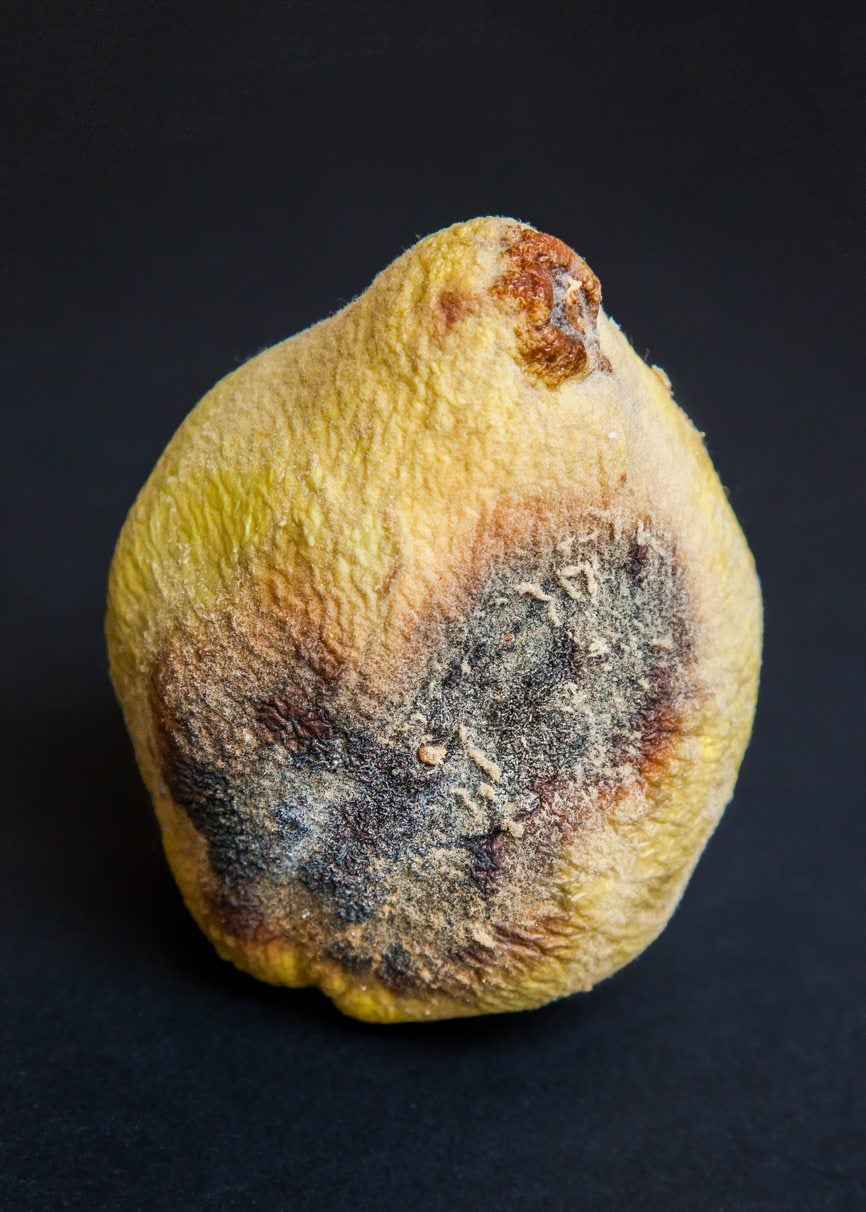 Quince Tree Illness: How To Treat Quince Tree Diseases
Quince Tree Illness: How To Treat Quince Tree DiseasesQuince trees are once again favorites in the orchard, but these tough, hardy plants aren't without any health worries. Learn about the most common pathogens that can affect them and how to treat your sick quince when they occur in this article.
By Kristi Waterworth
-
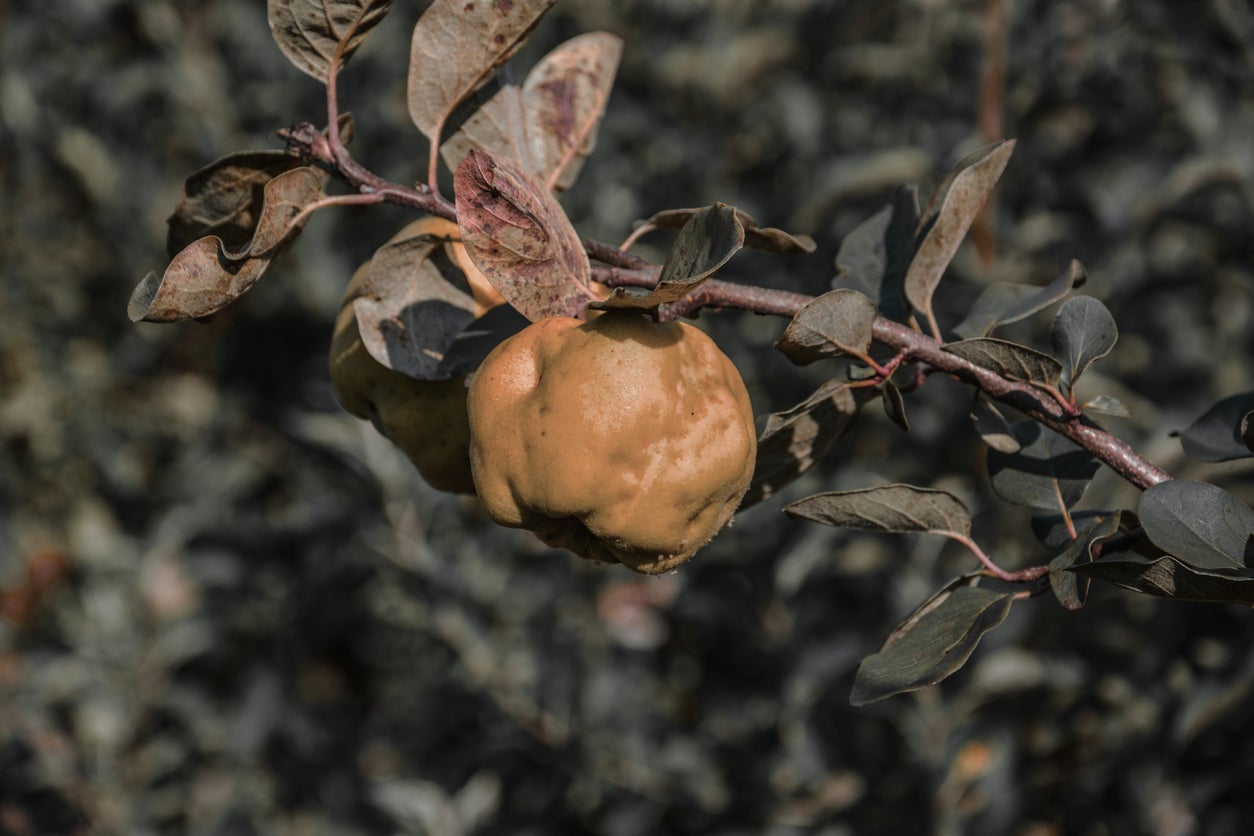 Common Pests Of Quince Trees – Tips On Treating Quince Tree Pests
Common Pests Of Quince Trees – Tips On Treating Quince Tree PestsQuince can make a great addition to any orchard or works as a standalone landscape plant, too. But there's more to caring for a quince than just planting it and wishing it luck. Read about common quince pests and how to eliminate them in this informative article!
By Kristi Waterworth
-
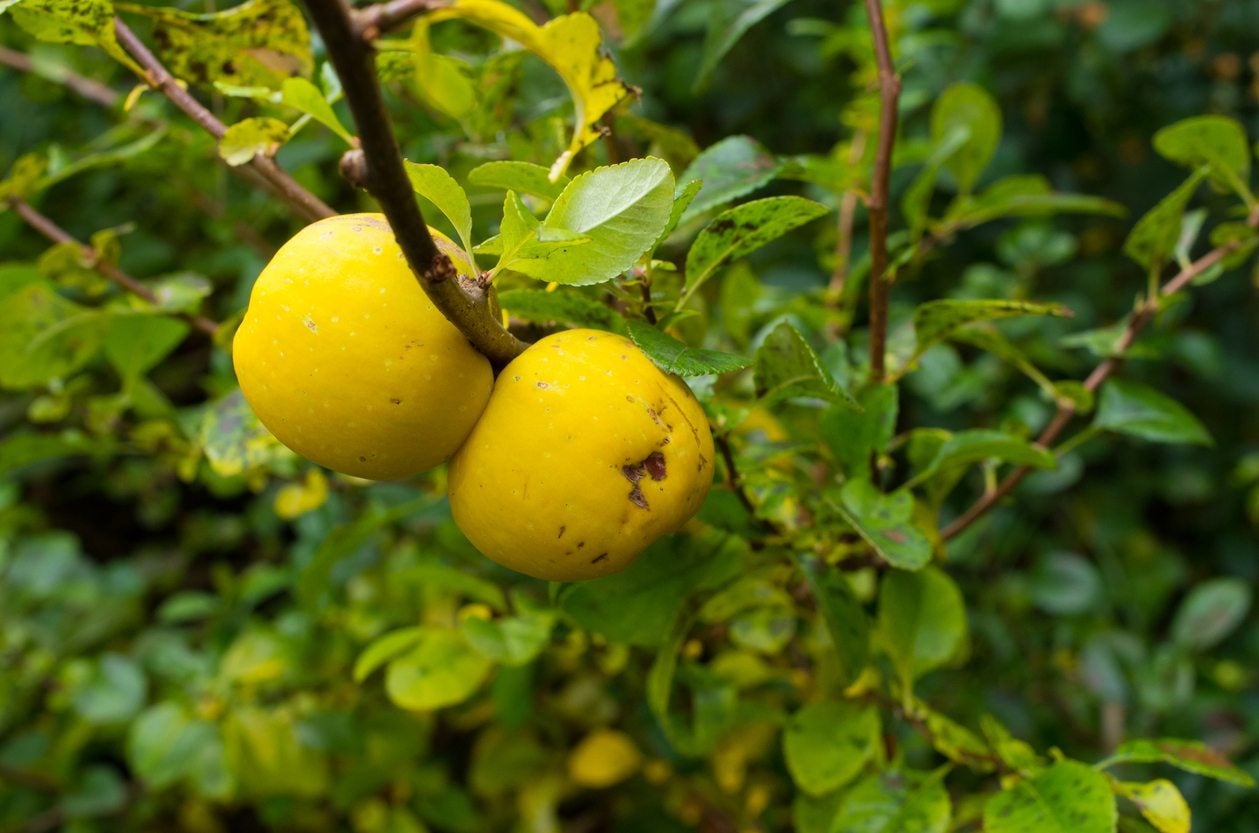 No Fruit On A Quince Tree – Why Is Quince Fruit Not Forming
No Fruit On A Quince Tree – Why Is Quince Fruit Not FormingThere's nothing more frustrating than a fruit tree that's not fruiting. Have you questioned, "Why won't my quince tree fruit? Why is quince fruit not forming?" Well, wonder why no longer. Click here to learn more about why there is no fruit on a quince tree.
By Shelley Pierce
-
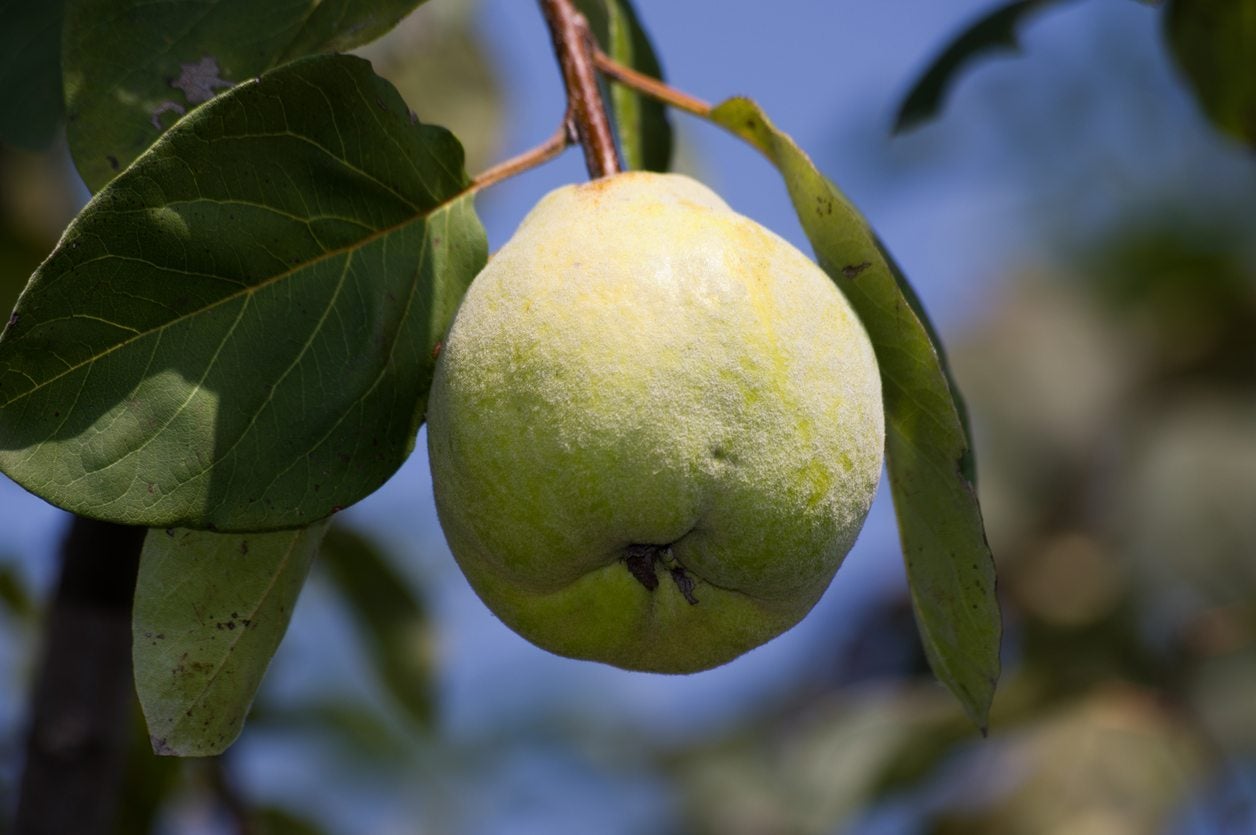 How To Grow Quince In Containers – Tips For Growing Quince In A Pot
How To Grow Quince In Containers – Tips For Growing Quince In A PotFruiting quince is a fascinating, little grown tree that deserves more recognition. If you're short on space and feeling ambitious, you can try your hand at growing this tree in a container. Click this article to learn more about growing quince in a container.
By Liz Baessler
-
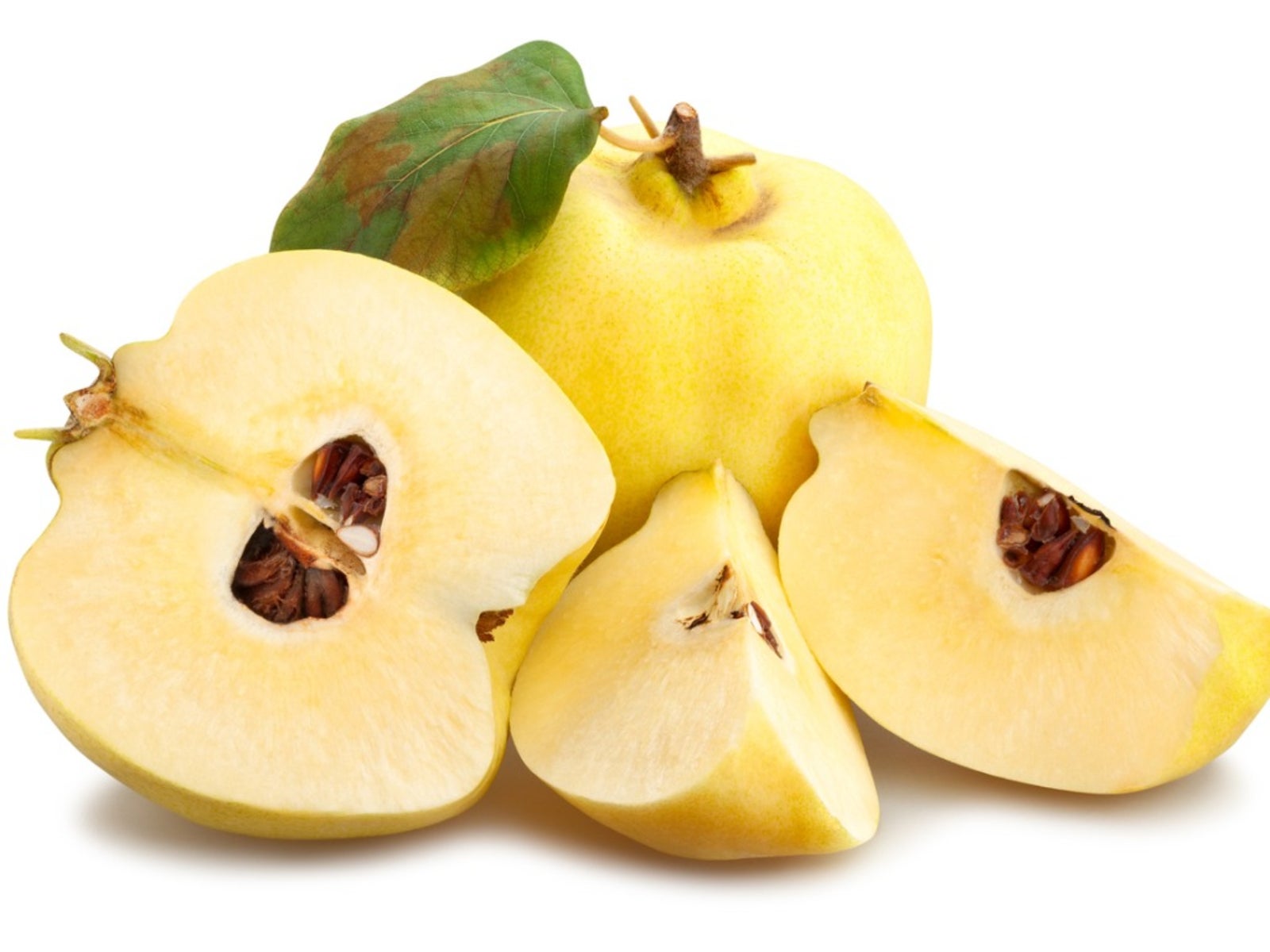 Quince Tree Propagation: How To Propagate Fruiting Quince Trees
Quince Tree Propagation: How To Propagate Fruiting Quince TreesQuince is a seldom grown but much loved fruit that deserves more attention. If you're interested in growing a quince tree, you're in for a treat. Click the following article to learn more about quince tree reproduction and how to propagate fruiting quince.
By Liz Baessler
-
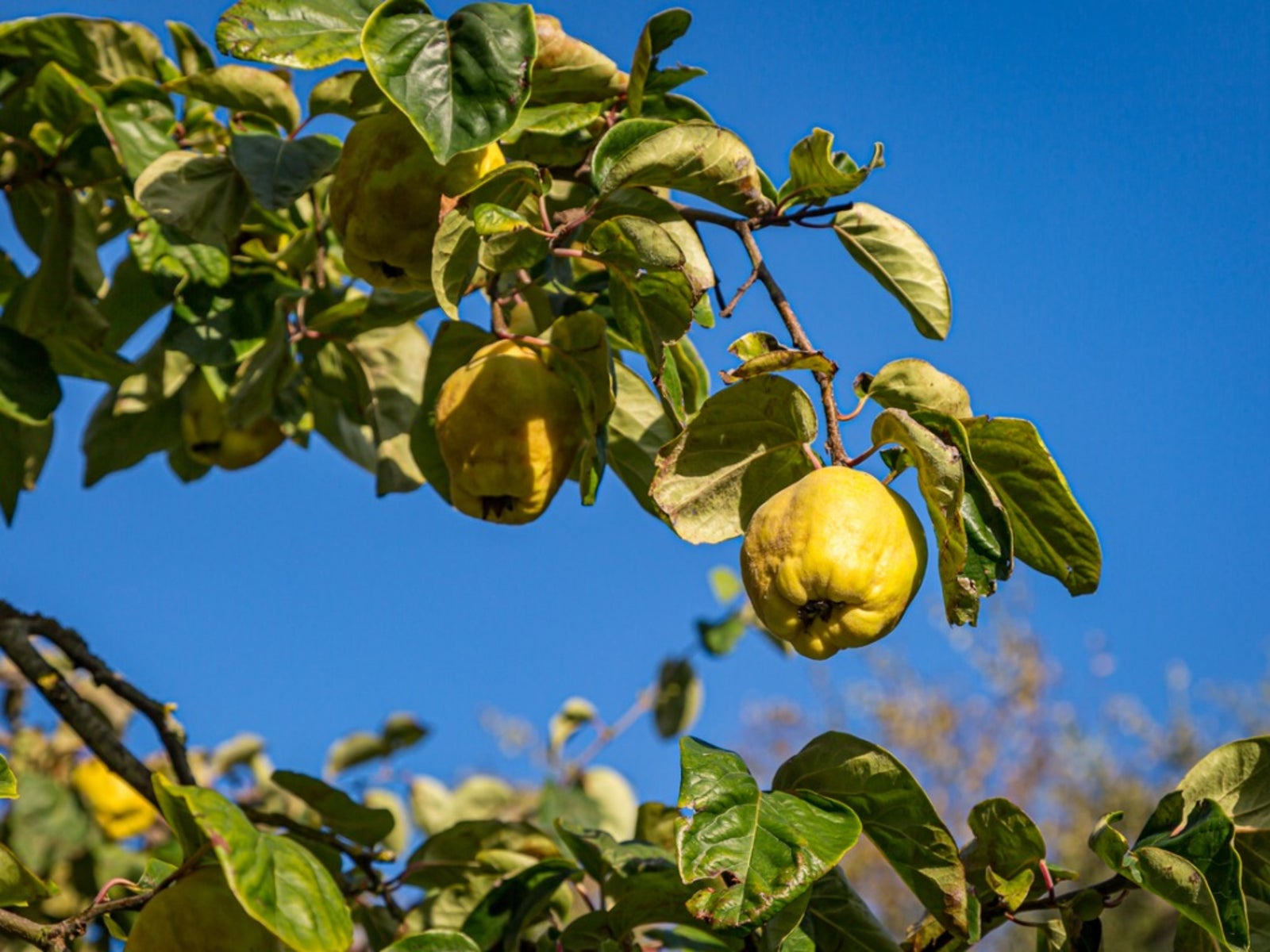 Moving A Quince Tree: Learn How To Transplant A Quince Tree
Moving A Quince Tree: Learn How To Transplant A Quince TreeTransplanting a quince that you just brought home from the nursery is not hard, but can you move a quince that's been in the ground for years? Click on the following article for all the information you need on how to transplant a quince.
By Teo Spengler
-
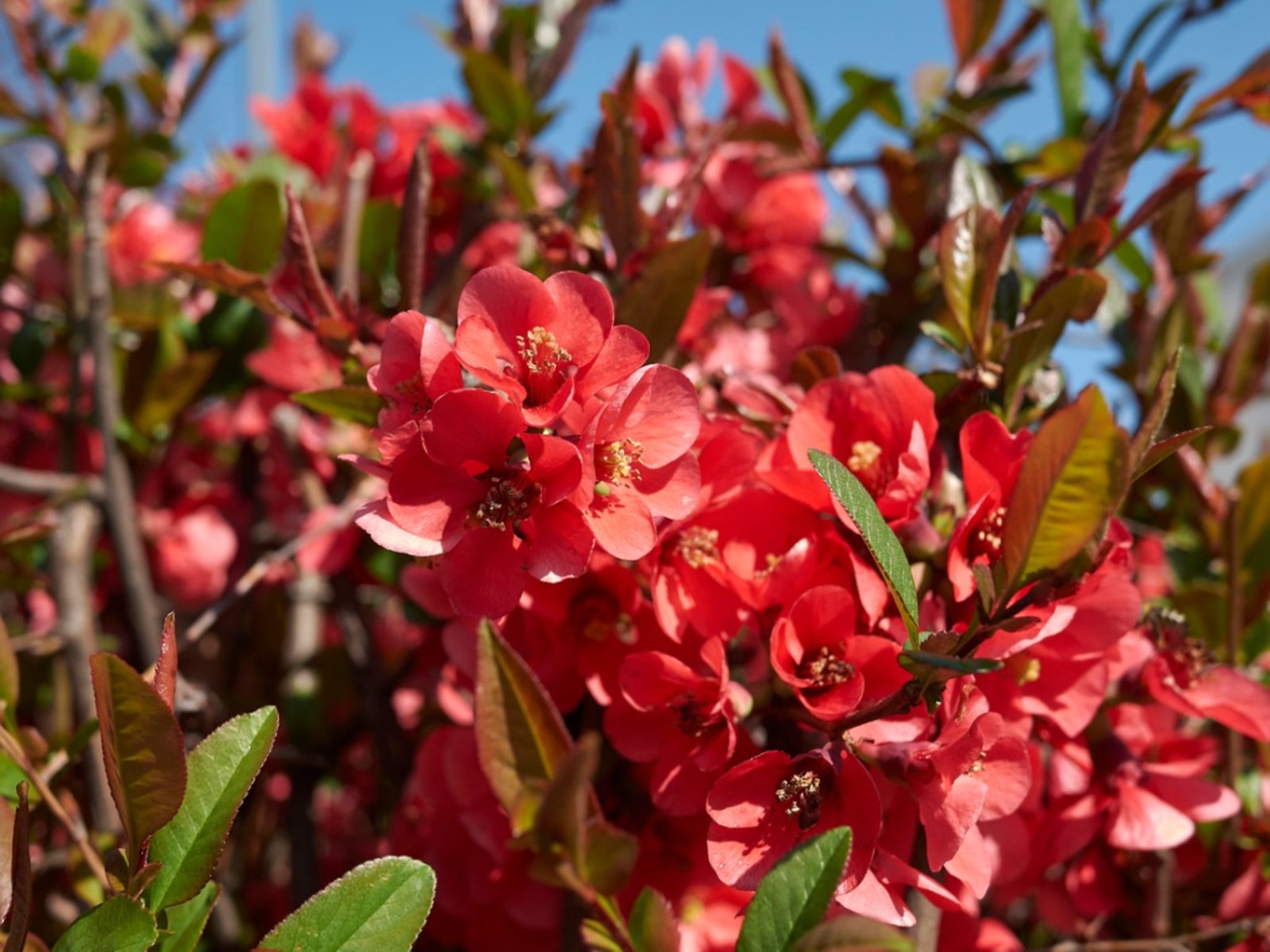 Making A Quince Hedge – How To Grow A Quince Fruit Tree Hedge
Making A Quince Hedge – How To Grow A Quince Fruit Tree HedgeThere are a number of reasons to include either in the landscape, but do quince trees make good hedges, in particular, the fruiting type? And how do you grow a quince fruit tree hedge? Click here to find out about making and growing a fruiting quince hedge.
By Amy Grant
-
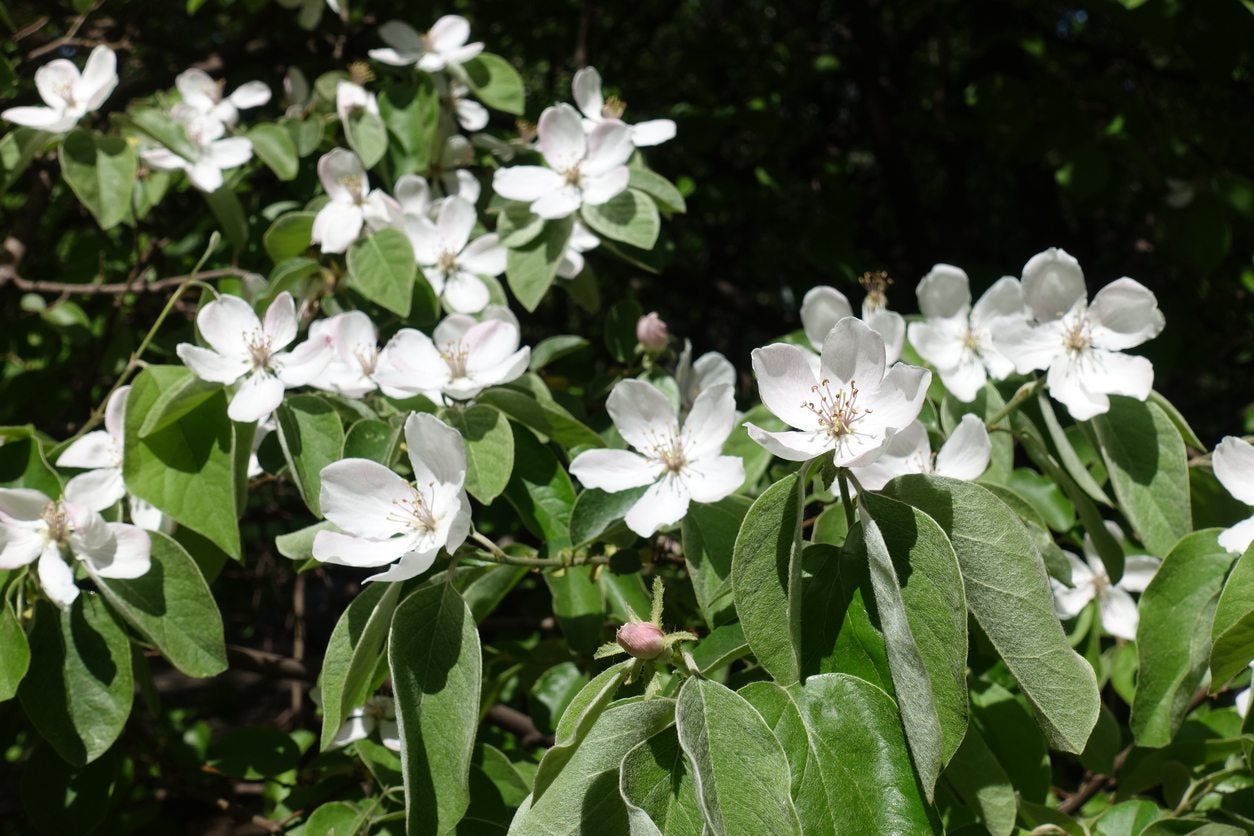 Flower Drop In Quince: Why Is Quince Tree Dropping Flowers
Flower Drop In Quince: Why Is Quince Tree Dropping FlowersA quince tree covered with white and pink flowers in springtime is a lovely sight. When these flowers fall off before producing fruit (blossom drop), it?s certainly disappointing. Quince blossom drop may be due to several factors. Learn what those are here.
By Ilana Goldowitz Jimenez